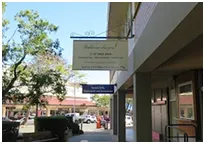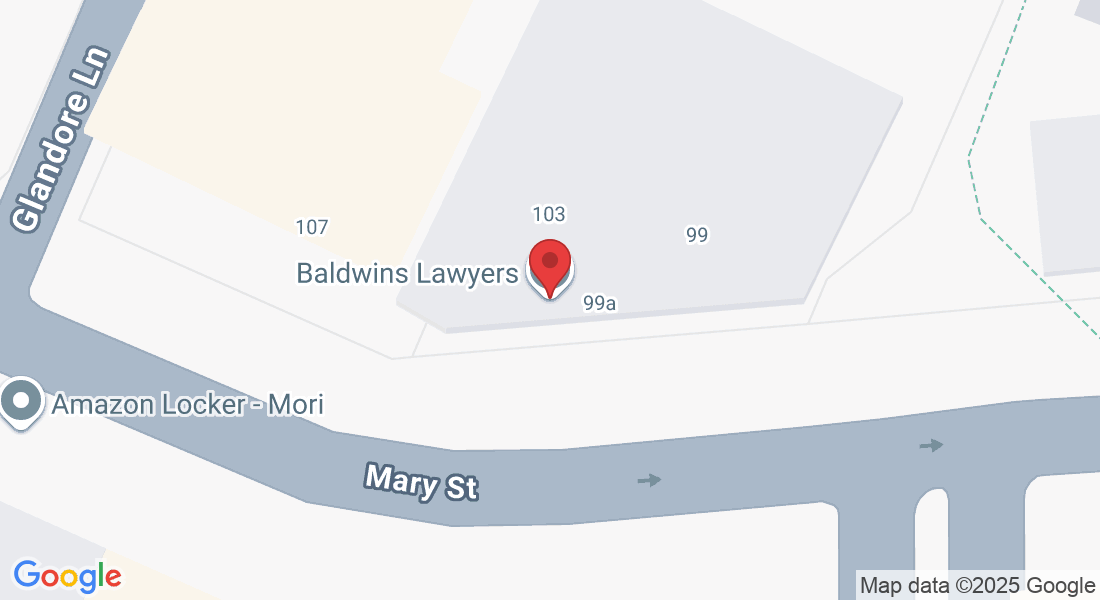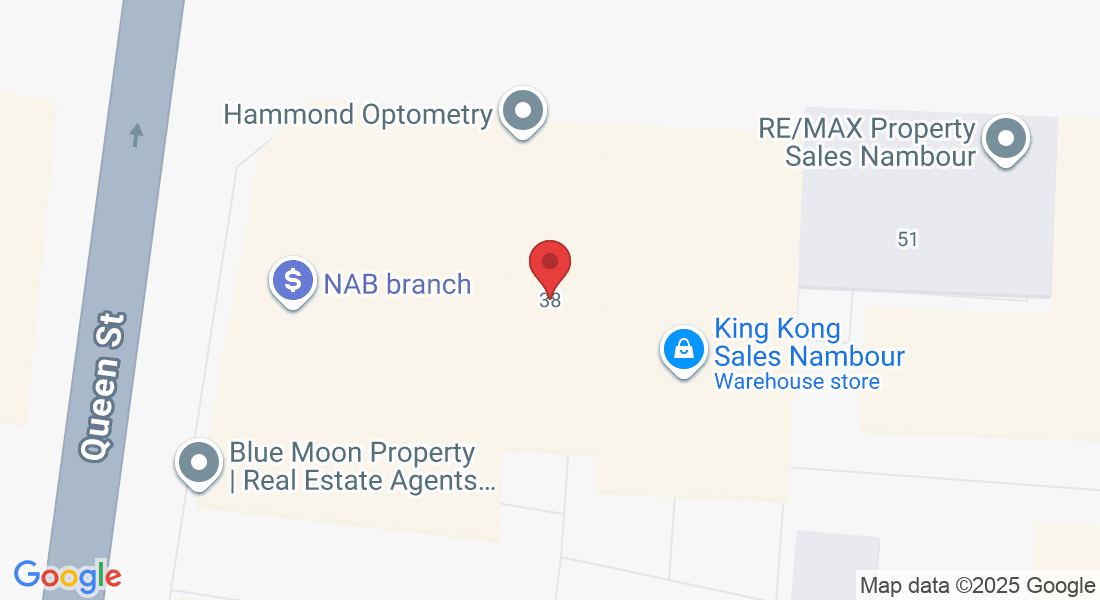Discharging mortgages
Discharging a mortgage is the process of removing the mortgage from the title to your property.
Your bank holds the title to your property until your home loan is completely repaid. When you have repaid the mortgage in full, you need to follow a specific procedure to discharge the mortgage.
Why do you need to discharge a mortgage?
· If you repaid your mortgage in full
· when you intend to refinance, or
· sell your home.
For example, when selling your home or investment property, any existing mortgage or lien on it would be listed on your title as an encumbrance. Unless discharged, an encumbrance can restrict your ability to transfer the title.
Therefore, if you plan to sell your home, it is important to commence the process of discharging the mortgage in time to avoid any delays in completing the sale.
In case you have used more than one property to secure a home loan, it is possible to request a partial discharge, too.
Refinancing requires a formal discharge of mortgage because you are closing one facility to open another whether with the same or different lender.
It is important to note, if you repay a fixed loan before its term, break fees or discharge fees may be applicable. It is best to speak to your bank or financier to understand the costs associated with discharging your home loan.
How to discharge your mortgage?
Discharging a mortgage is an important process, which, if not followed correctly, can delay a settlement, costing you time and money. Fortunately, releasing a mortgage is a simple process.
Here’s how to discharge your mortgage:
Speak to your solicitor – Your solicitor will guide you through the correct process. The first step is to make contact with your lender and discuss your plan of releasing the mortgage with them. You need to complete a Discharge Authority form, which you can obtain from your solicitor or it should be available on the lender’s website.
Complete the Discharge Form – The next step is to complete the Discharge Authority form and return it to your lender and provide a copy to your solicitor. It is advisable to provide the original form to your solicitor who will ensure it is sent to the right department in a timely manner.
Register the discharge of mortgage – Once the lender receives your Discharge Authority they will process your discharge request. This process can take up to 15 working days to complete, hence the reason to commence the process as soon as possible. Your solicitor will then either register the discharge of mortgage once it is received from your lender or hand it over to your Buyer at settlement.
Here is a link to most Discharge Authority forms… https://www.msanational.com.au/discharge-forms.htm





